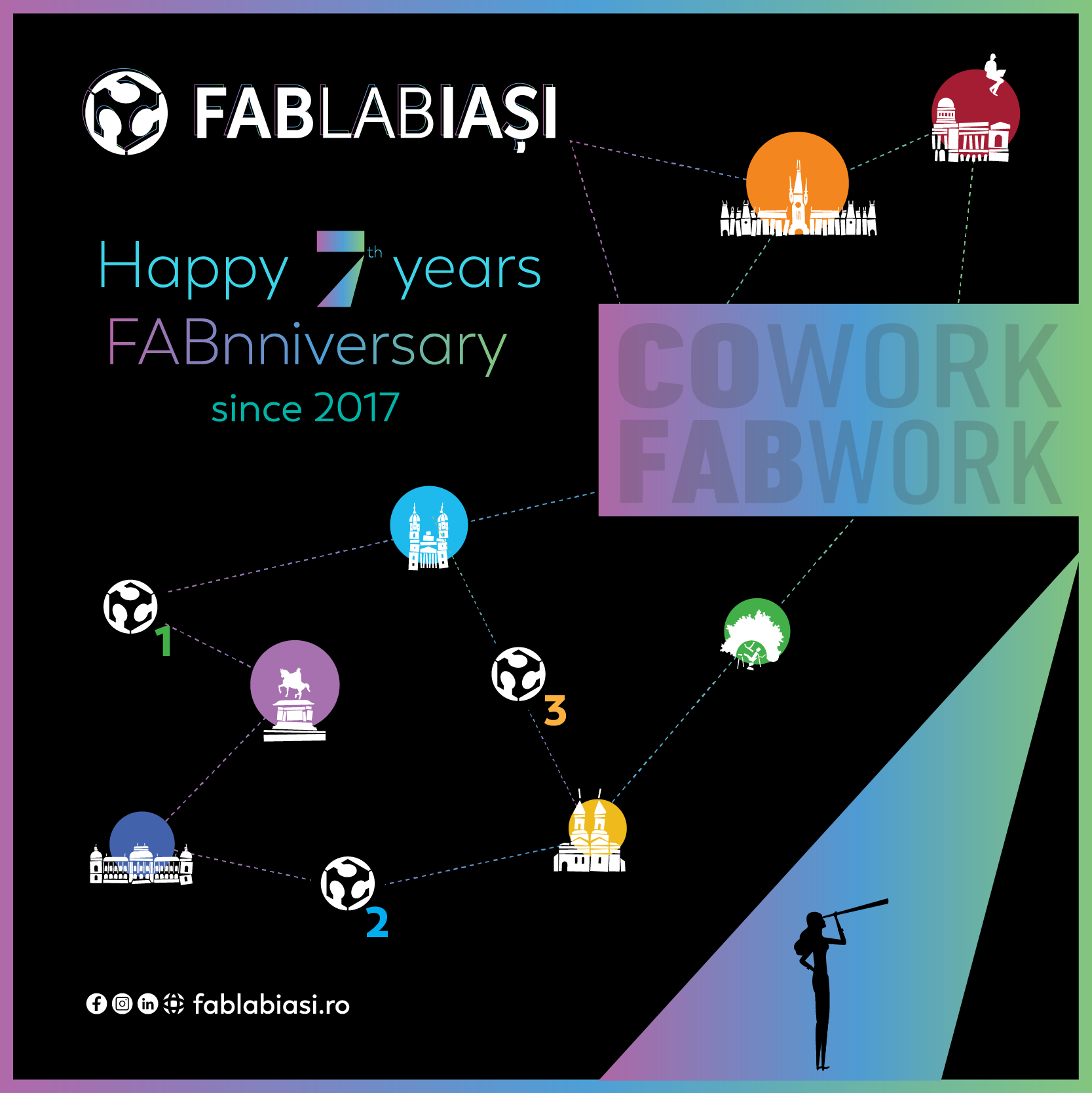I switched several jobs during my career, changing teams and bosses. It was, in a way, about the presence or absence of clarity in my mind or in the vision and mission of the organization I was part of. I realized this only recently, looking to restart an old community of managers in IT.
It is not always about the big hairy goal; about the very motivating slogans we are pushing to teams. It is never about this fancy stuff. When you are waking up in the middle of the night, It is about saying what is the purpose of the actions you are following. It is quickly applying this principle in the decisions. It is about avoiding long talks during meetings and coming to the point. It is about engaging in relevant talks with the teams and getting to the next level. It is about delegation on a different level, letting the agile buzzwords get into reality: ownership, and decentralization of decision. It is about working with different opinions and integrating those into a common goal. The last part is the most counter-intuitive, as the best teams are composed of very different individuals, serving the purpose with different skills, roles, and messages.
the message
It is always about a clear and crisp message. How easy is it to convey the main ideas into the mind of the people, be they team members, stakeholders, or peers? How different is the content, not the format, when you address different audiences? But, above all, how clear is it to you, the leader, what is the message to be delivered? I was educated in Romania, in a period when the Communist Party was in charge and later when it was abruptly replaced by a kind of democratic regime. However, it was a constant at that time that the message has to follow a certain format and this was more important than the content. The big issue was that the message was almost not intelligible, but the wording was nice, almost intellectualized. Everybody looked smart and used fancy words, but the message was not transported to the audience. With time, public speaking changed and some politicians who dared to use a more direct message captured the hearts of the young people, even though the message which was transported was not implemented. That’s politics, of course.
Again and again, the clarity of the message as a leadership skill is very much underestimated. When things are clear to you, it will be easy to convey the message to the audience, even if you talk to your grandmother, a remote relative, or a sophisticated audience. If your grandmother understands, it is a very high chance that another high-level manager or a smart engineer will do the same. Intellectualize the message and you will find rounds of people being confused and choosing to ignore what you try hard to explain.
There are multiple ways of being clear, delivering a unique message to different types of audiences, or adjusting constantly the message according to the distance and specialization of the audience. Some messages must be adapted to a small audience when you are working with experts solving some problems. On the other hand, there is one message that has to be addressed to everyone. Where the team should be in a number of years when everything goes fine, and the team achieves great success. This is the vision that must be shared both by the leadership team and the team members.
the vision
The vision is one of the topics a leader must be most clear of. It gives him/her speed in decisions, ease in communication, and makes more efficient the overall business conversation. There are many things influenced by a clear vision and notably, the delegation would be one of them. In a world where agile practices are highly regarded, the decisions of the teams are heavily influenced by the clarity of the vision and the clarity of priorities. Coming down the ladder, each team member is supposed to contribute to an aligned goal. A clear vision and clear priorities are making individual decisions better and more accurate.
Of course, a clear vision of the future is not easy to build, but it should start with the problems the team solves and the quality of the solution. One should know why he in the team is and how far he should go. Is the speed more important or the solution must be perfect? Do you require a very long analysis, or do you value the adaptive solutions developed together with the customer? Clarity over this question will heavily influence the execution.
execution
There are tons of great ideas, but what separates the great teams from the others is the quality of execution. Coming down from a clear vision you can easily align clear priorities and define the tasks accordingly. Smart and efficient teams are very good at formulating tasks and separating responsibilities. This makes things easier, increases accountability and responsibility, and creates cohesion around a common set of objectives. When there is clarity, there is no debate around objectives. It is easy to consider both quantitative and qualitative dimensions in the measurement of the objectives. not all the indicators are becoming KPIs and not all tasks are equally important.
freedom to act
The execution can be greatly improved when the team gets the freedom to act. In a structured framework, around clear objectives, and tasks. The context becomes very important when a leader wants to drive high-quality execution with minimum supervision. You might be aware of the difference between the doctrine of NATO against the doctrine of the Russian Armed Forces. The first doctrine promotes the freedom to act within a certain set of limits, welcomes individual contributions in the context, and delegates decisions. The second one looks to a centralized decision and almost blind execution of orders. In an agile organization, the freedom to act enables better results, but the need for clarity about rules and objectives is the necessary foundation of everything. Imagine the chaos coming without rules, imagine how difficult would be if you can’t understand each other. It is a must to check if the message is properly delivered (being that about the vision, the priorities, the tasks, or the culture). To reach this, each leader must listen to the voice of the team and adjust accordingly.
listen (feedback cycles)
Adaption of the message based on the feedback from the team members is a critical skill in building clarity. It might be totally clear in the mind of the leader, but it might be almost fuzzy when the team receives it. Sometimes the message is too short, sometimes too long. sometimes it uses the wrong words, and sometimes the wrong language. Sometimes people want a direct talk, and sometimes want it written big on the wall. Sometimes you say it in a board room, and sometimes you need to be in a beer garden. Listen, listen more and adjust the message. Let the team formulate and reformulate your message to check the clarity.
Building clarity every day should be one of the most important concerns of a leader. It is not easy, mostly when you refer to technical organizations, but will make the difference at the end of the day.
www.comm-it.ro
Autor: Gabriel Manole






























